Issue 65
December 2015

- Aerospace
- Issue 65
ALMA – the high altitude observatory
The Atacama Large Millimetre/submillimetre Array (ALMA) is the largest and most expensive ground-based telescope built, revolutionising our understanding of stars and planetary systems. Building it in the Atacama Desert in Chile required the ingenuity of hundreds of engineers.
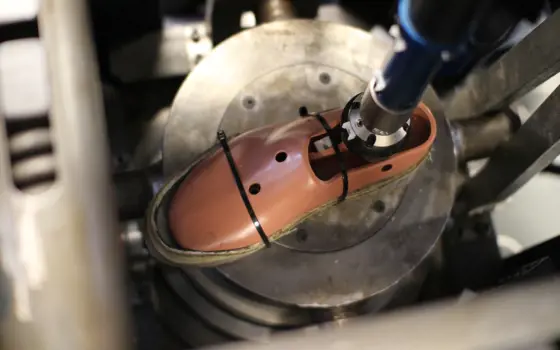
- Health & medical
- Issue 65
Blast mitigation and injury treatment
The Royal British Legion Centre for Blast Injury Studies is a world-renowned research facility based at Imperial College London. Its director, Professor Anthony Bull FREng, explains how a multidisciplinary team is helping protect, treat and rehabilitate people who are exposed to explosive forces.
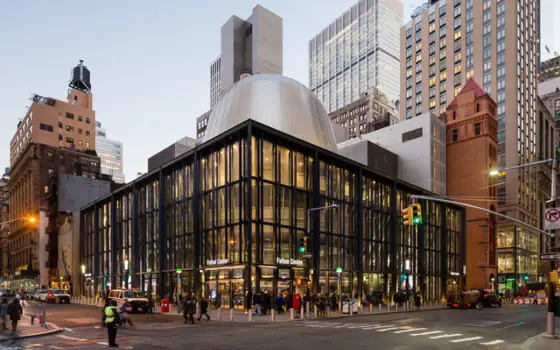
- Civil & structural
- Issue 65
Fulton Center, NYC
A $1.4 billion project that created a new transit hub and improved links to six subway stations in Lower Manhattan was completed last year. Craig Covil, Principal of Arup and New York Project Director explained the main challenges and how they were overcome.
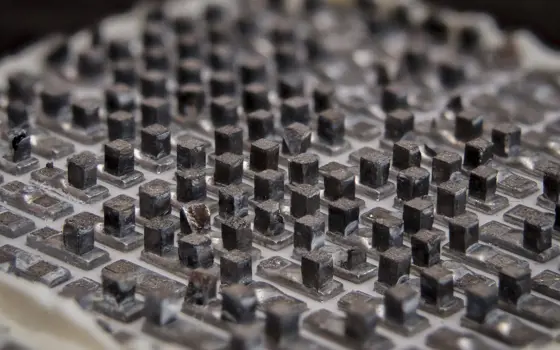
- Electricals & electronics
- How does that work?
- Issue 65
Peltier devices
First discovered by Jean Charles Peltier, the Peltier effect is used across a range of devices, from thermoelectric heaters and coolers to sensors and spacecraft. Find out how the use of semiconductor materials can act to manage heat transfer.
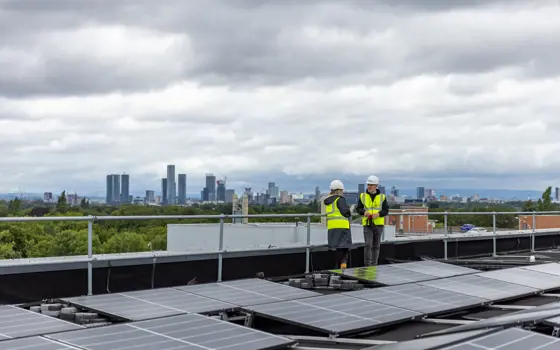
- Civil & structural
- Environment & sustainability
- Opinion
- Issue 65
Upgrade existing buildings to reduce emissions
Much of the UK’s existing buildings predate modern energy standards. Patrick Bellew of Atelier Ten, a company that pioneered environmental innovations, suggests that a National Infrastructure Project is needed to tackle waste and inefficiency.
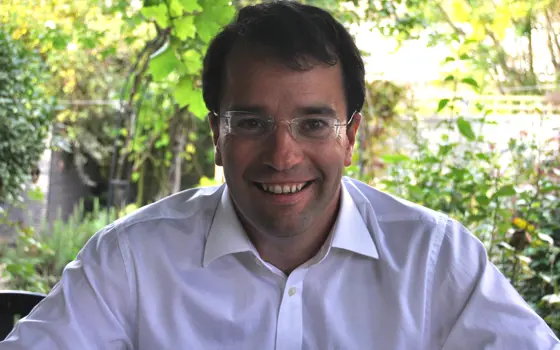
- Technology & robotics
- Profiles
- Issue 65
Instilling robots with lifelong learning
In the basement of an ageing red-brick Oxford college, a team of engineers is changing the shape of robot autonomy. Professor Paul Newman FREng explained to Michael Kenward how he came to lead the Oxford Mobile Robotics Group and why the time is right for a revolution in autonomous technologies.
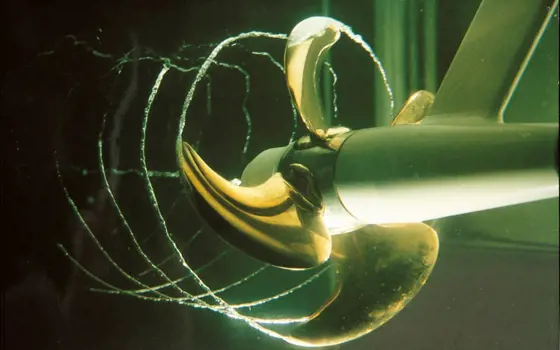
- Maritime & naval
- Issue 65
Quieter, more efficient propellers
Göran Grunditz, Manager of the Rolls-Royce Hydrodynamics Research Centre, explains the challenges when reducing noise from marine propellers for passengers onboard ships and for military vessels that seek to avoid detection, while maintaining a high thrust per input power and maximising efficiency.

- Health & medical
- Issue 65
Targeting cancers with magnetism
Cambridge-based Endomag has helped treat more than 6,000 breast cancer patients across 20 countries. The MacRobert finalist uses magnetic fields to power diagnostic and therapeutic devices. Find about the challenges that surround the development and acceptance of medical innovations.